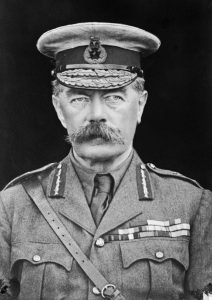
StoryLine
D-Day, June 1944

Winston Churchill, Parliament Square, London © Sue Lowry & Magellan PR
January 1, 1970
He now had a smaller part to play in determining strategy after ‘D-Day’ (as ‘Operation Overlord’ came to be known) and in the final year of the war.
And so the largest amphibious assault in history began on 6 June 1944. Americans troops, reflecting the new balance of power, comprised almost two thirds of the invasion force. Despite having just recovered from pneumonia, Churchill – ever the ‘man of action’ – was only just prevented (following intervention from King George VI) from observing the first wave of landings from a cruiser off-shore. The invasion – many years in the planning and long demanded by Stalin – was expected by the Germans, but Hitler had thought the attack would be launched at the narrowest point of the English Channel, at Calais, rather than on the Normandy beaches. The Americans, Canadians and British launched a fierce attack on German forces while at the same time, the Soviet army was advancing on Poland and the Balkans. The net – or ‘ring’ – was closing round Germany and Hitler.
Learn more: see the Imperial War Museums’ learning resources on D-Day here.
Shortly after the landings, the Allied forces advanced swiftly across France, with the liberation of Paris on 24 August.

2024 International Churchill Conference
As the campaign in north-west Europe unfolded, Churchill found himself more a spectator than a strategist.
Subscribe
WANT MORE?
Get the Churchill Bulletin delivered to your inbox once a month.




